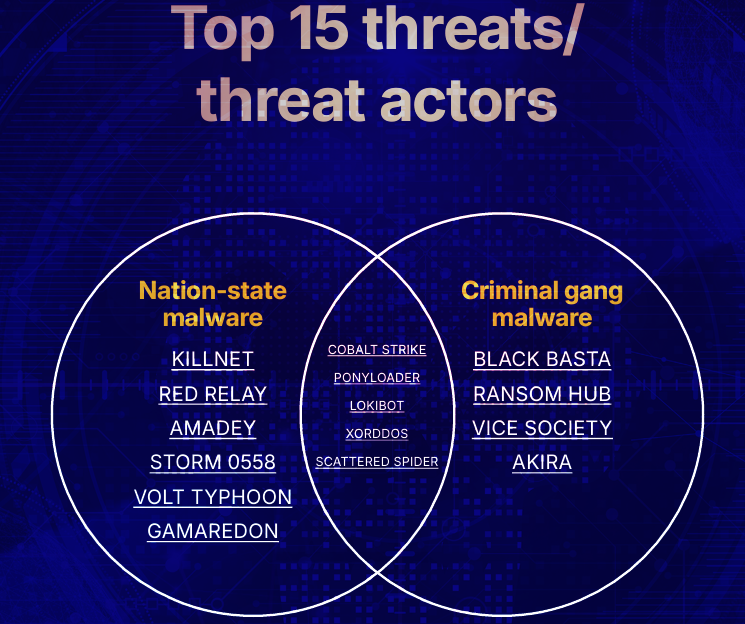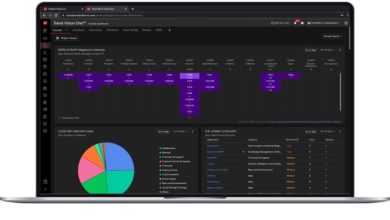OpenText Cybersecurity’s 2024 Threat Hunter Perspective Shows Collaboration Between Nation-States and Cybercrime Rings to Inflict More Damage

OpenText™ released the results of its 2024 Threat Hunter Perspective. [AV1] The report found that the collaboration and coordination taking place between nation-states and cybercrime rings to target global supply chains and further geopolitical motives has become a signature trend in the threat landscape.
For CISOs, the question isn’t whether attacks will happen, but what form they’ll take and how enterprises can prepare. According to Cybersecurity Ventures, the cost of cybercrime is projected to reach $9.5 trillion in 2024 and is expected to increase to $10.5 trillion by 2025. To understand the current threat landscape, CISOs need to know not just the types of threats but also who is behind them when they might occur, why they’re happening, and how they’re executed. Connecting these dots helps threat hunters gain a clearer picture of the risks organisations face, enabling more effective preparation and response.
“Our threat intelligence and experienced threat hunting team have found that nation-states are not slowing down and, as notable events like the U.S. presidential election get closer, every organisation in the global supply chain needs to be on high alert for advanced and multiple cyberattacks,” said Muhi Majzoub, Executive Vice President and Chief Product Officer, OpenText. “Based on the report’s findings, enterprises need to be prepared for large-scale attacks, making adversarial signals, threat intelligence and defence capabilities more important than ever.”
OpenText’s Findings
Highlights from this year’s report, which explores comprehensive findings from OpenText threat intelligence and hunters on the front lines of cybersecurity, include:
- Organised crime rings are supporting attacks by nation-states – possibly through direct collaboration or coordination – by attacking the same targets at the same time.
- Russia has been seen to collaborate with malware-as-a-service gangs including Killnet, Lokibot, Ponyloader and Amadey.
- China has entered into similar relationships with the Storm0558, Red Relay, and Volt Typhoon cybercrime rings, typically to support its geopolitical agenda in the South China Sea.
- The top threats include Killnet (DDoS attacks), Lokibot (info-stealing malware) and Cobalt Strike (penetration testing tool used by APT groups).
- Attackers are keyed in on specific events, especially major holidays, and military aid to Ukraine, turning the upcoming U.S. presidential election into a time of imminent peril. Nation-states also target specific days of the week for cyberattacks:
- Russian cyberattack activity typically follows a Monday through Friday schedule with spikes within 48 hours of an adversarial announcement.
- Chinese attacks don’t follow a set schedule, though any data exfiltration is typically slated for Friday afternoons or Saturdays, when it’s more likely to be missed, with the data broken into smaller chunks to further reduce suspicion.
- Evasion, misdirection and masquerading are helping adversaries get around defences designed for direct attacks. Many attacks are taking advantage of weak security fundamentals, with victims increasing their vulnerability by not taking basic countermeasures.
- Nations with weaker cyber defence infrastructure, like the Democratic Republic of Congo, Argentina, Iran, Nigeria, Sudan, Venezuela and Zimbabwe, have all been compromised, broadening the range of potential sources for a large-scale attack.
- Global supply chains offer another indirect means of inflicting damage where the attacker might target the operations of a port or transportation network to disrupt a military aid shipment to have an indirect but significant impact on the primary target.

Additional Resources:




